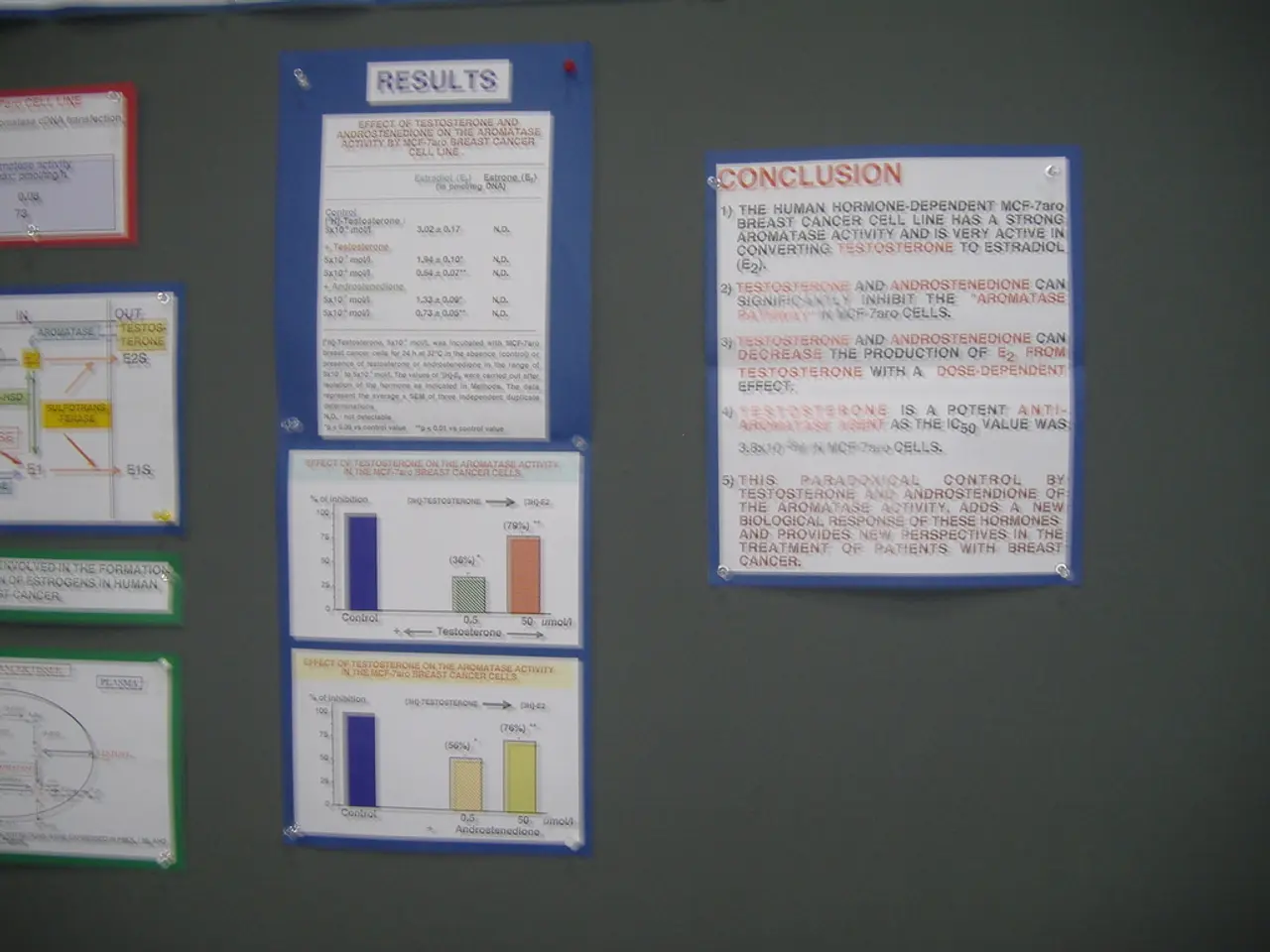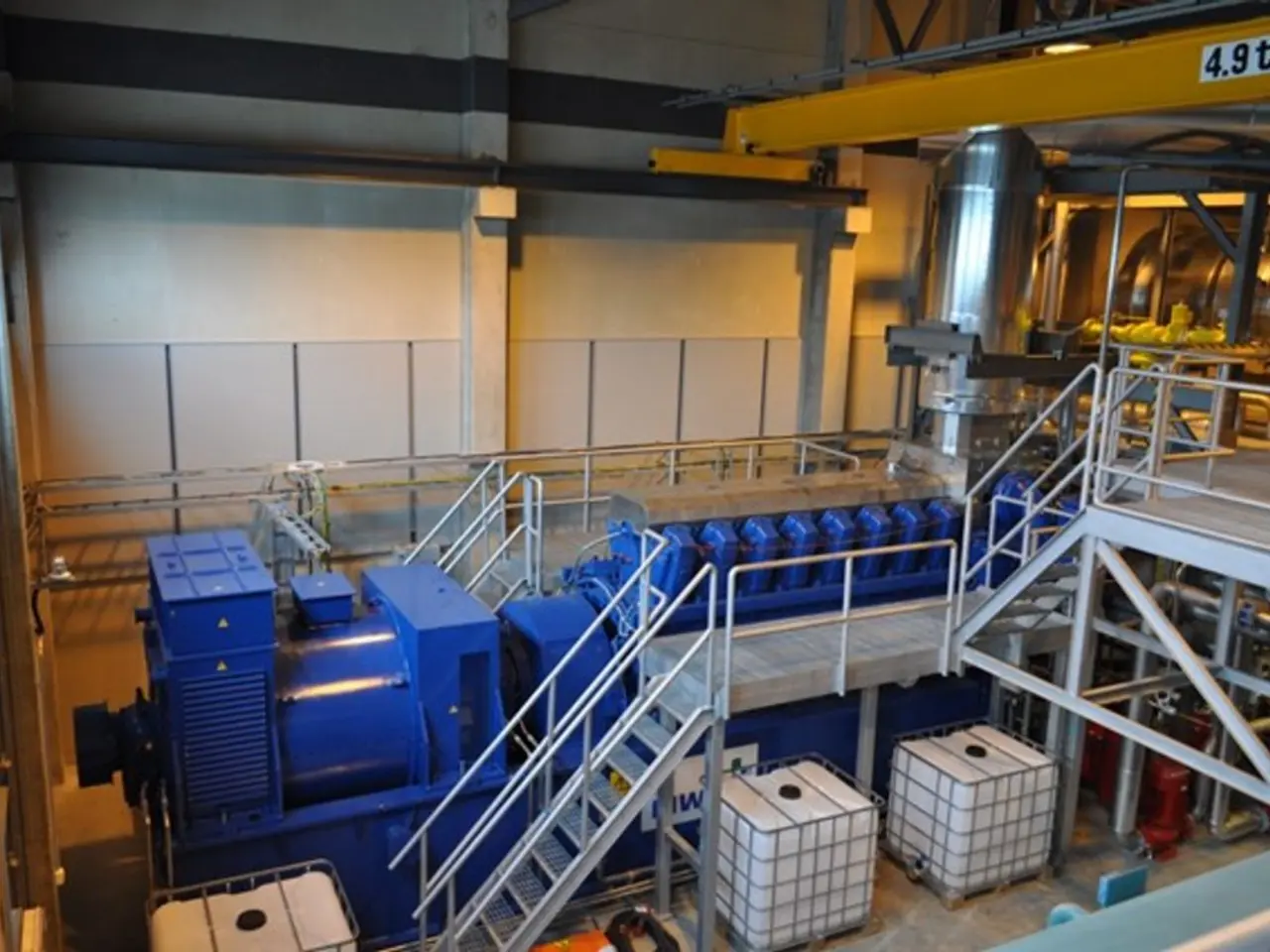FDIC considers altering method for calculating reserve ratios
In a significant move, the Federal Deposit Insurance Corporation (FDIC) has announced plans to streamline the bank merger process and modify the calculation of capital requirements. The changes are aimed at easing constraints on banks, particularly in regards to their ability to engage in low-risk activities like U.S. Treasury market intermediation.
Travis Hill, the acting chair of the FDIC, has proposed a shift in how the Deposit Insurance Fund's (DIF) reserve ratio is calculated. The proposed adjustment would see the enhanced supplementary leverage ratio (eSLR) for insured depository institutions (IDIs) aligned with that of their parent holding companies. This change is intended to free up capital at the subsidiary level while maintaining robust capital standards at the consolidated holding company level.
Hill argues that this adjustment would provide more capacity for institutions to engage in safe, important financial activities such as facilitating Treasury market operations, which are critical to market functioning and economic growth. The rationale is to better tailor capital requirements so that the eSLR functions as a backstop rather than a primary constraint that unnecessarily limits lending and economic activity.
Meanwhile, the FDIC has also decided to rescind a policy statement issued in 2024, which considered concentrations beyond deposits in bank mergers. This decision is expected to expedite the processing of bank merger applications. The FDIC will revert to standards issued in 2008 for evaluating bank mergers' competitive effects.
The American Bankers Association (ABA) has applauded the FDIC's decision, calling the 2024 policy statement "flawed." However, the ABA CEO, Rob Nichols, has expressed hope that the FDIC's actions and the Office of the Comptroller of the Currency's (OCC) recent actions on mergers will lead to clear standards and prompt decisions on bank merger applications.
The FDIC's focus on processing bank merger applications more quickly is part of Travis Hill's effort to streamline the process. Banks pay into the DIF every quarter, and banks with less than $10 billion in assets have assessment rates determined by supervisory ratings and financial data. For larger institutions, the assessment rate is determined by a mix of supervisory ratings, stress resilience metrics, and the potential impact their failure could have on the FDIC.
The DIF's reserve ratio stood at 1.28% as of Dec. 31, 2024, a six basis point increase from June 2024. The FDIC launched a plan in 2020 to restore the reserve ratio to 1.35% by 2028, but officials said it would likely reach that benchmark by 2026. The FDIC is expected to update the reserve ratio next week, when it releases the quarterly banking profile for January through March.
Grant Butler, a partner at law firm K&L Gates, noted in January that the 2024 policy statement is easier to rescind than a final rule. Butler also mentioned that the FDIC's focus on processing bank merger applications more quickly would be beneficial for M&A activity.
The ABA looks forward to working with policymakers in developing a revised merger framework that strengthens the financial system and enables banks of all sizes to flourish. The changes proposed by the FDIC are expected to promote greater lending, economic growth, and more favorable terms for consumers and businesses by incentivizing banks to participate more actively in low-risk activities.
The proposed adjustment in the Deposit Insurance Fund's (DIF) reserve ratio calculation, as proposed by Travis Hill, is expected to free up capital for insured depository institutions (IDIs) to engage in important financial activities within the industries of banking-and-insurance and finance, such as Treasury market operations. The FDIC's decision to rescind a policy statement issued in 2024, which considered concentrations beyond deposits in bank mergers, will also facilitate the streamlining of the banking-and-insurance sector by expediting the processing of bank merger applications.




